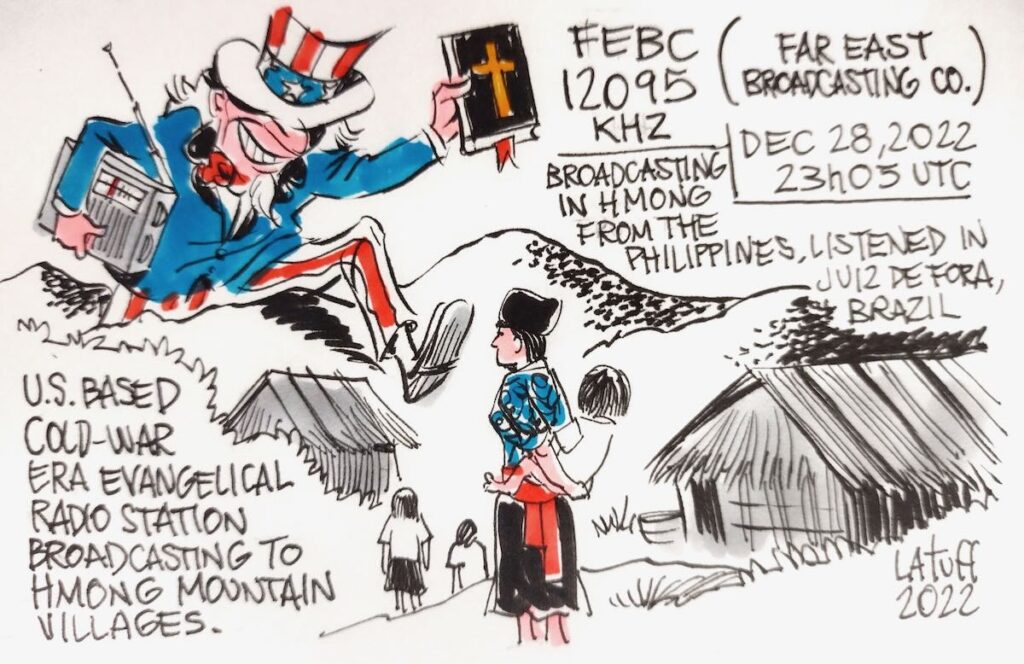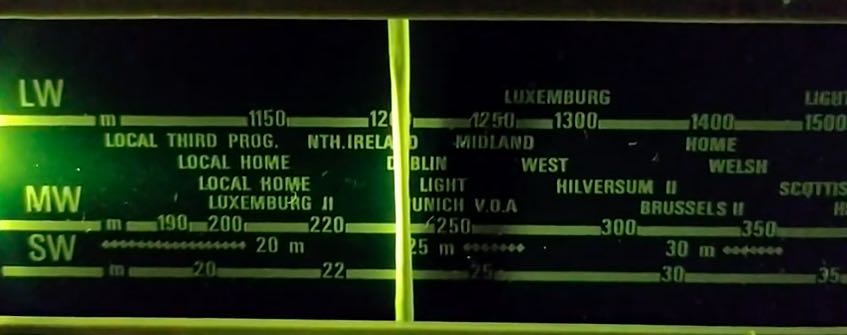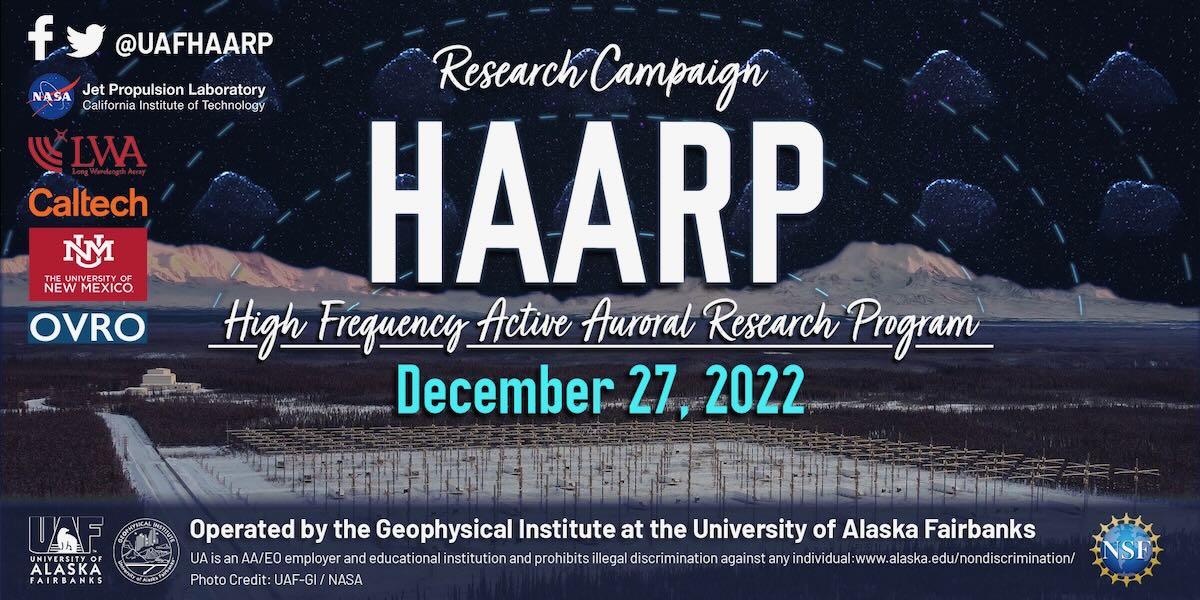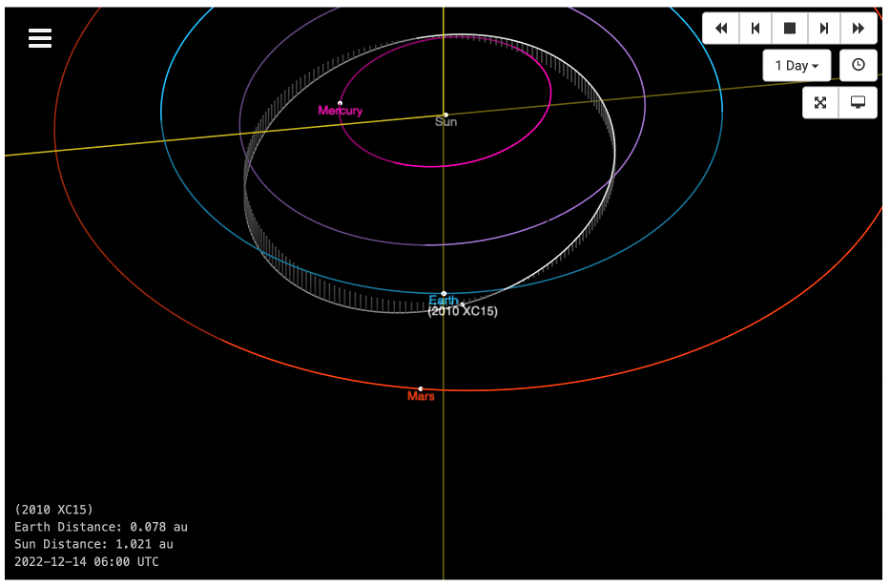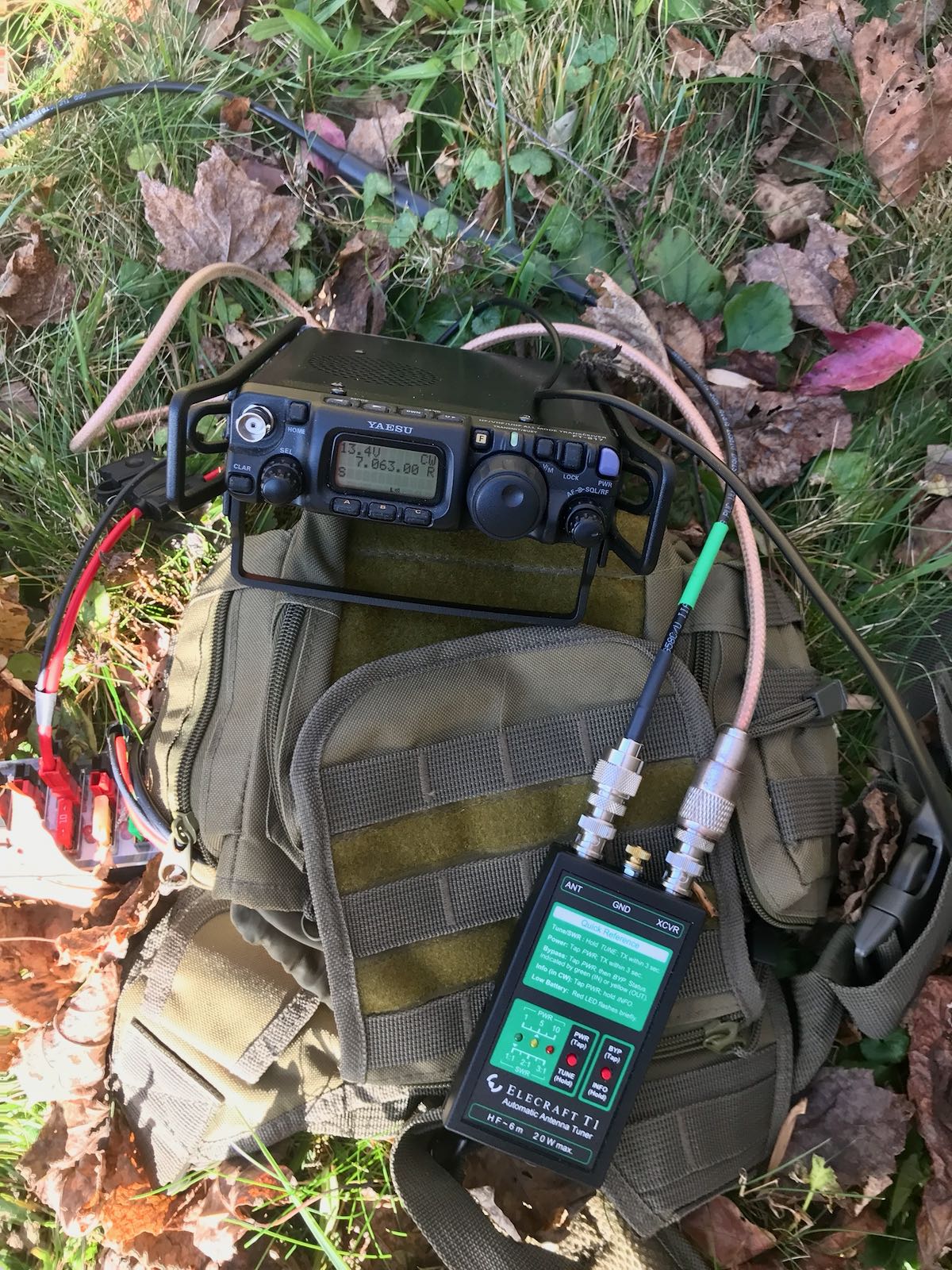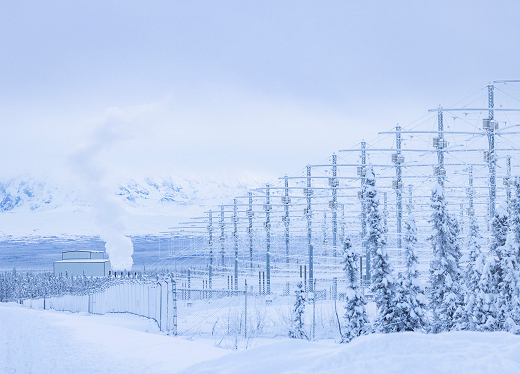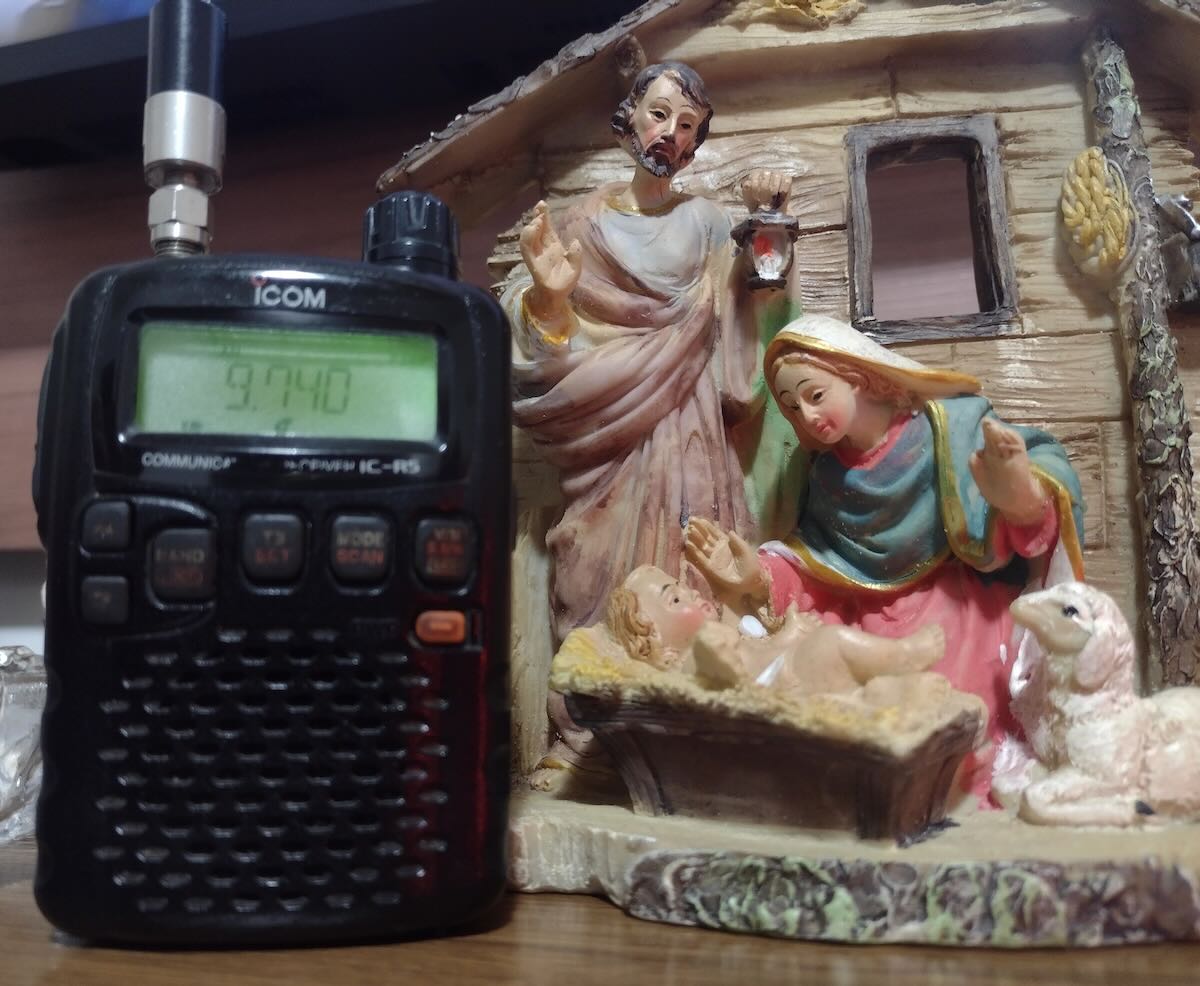Many thanks to SWLing Post contributor, Dan Robinson, who shares the following post:
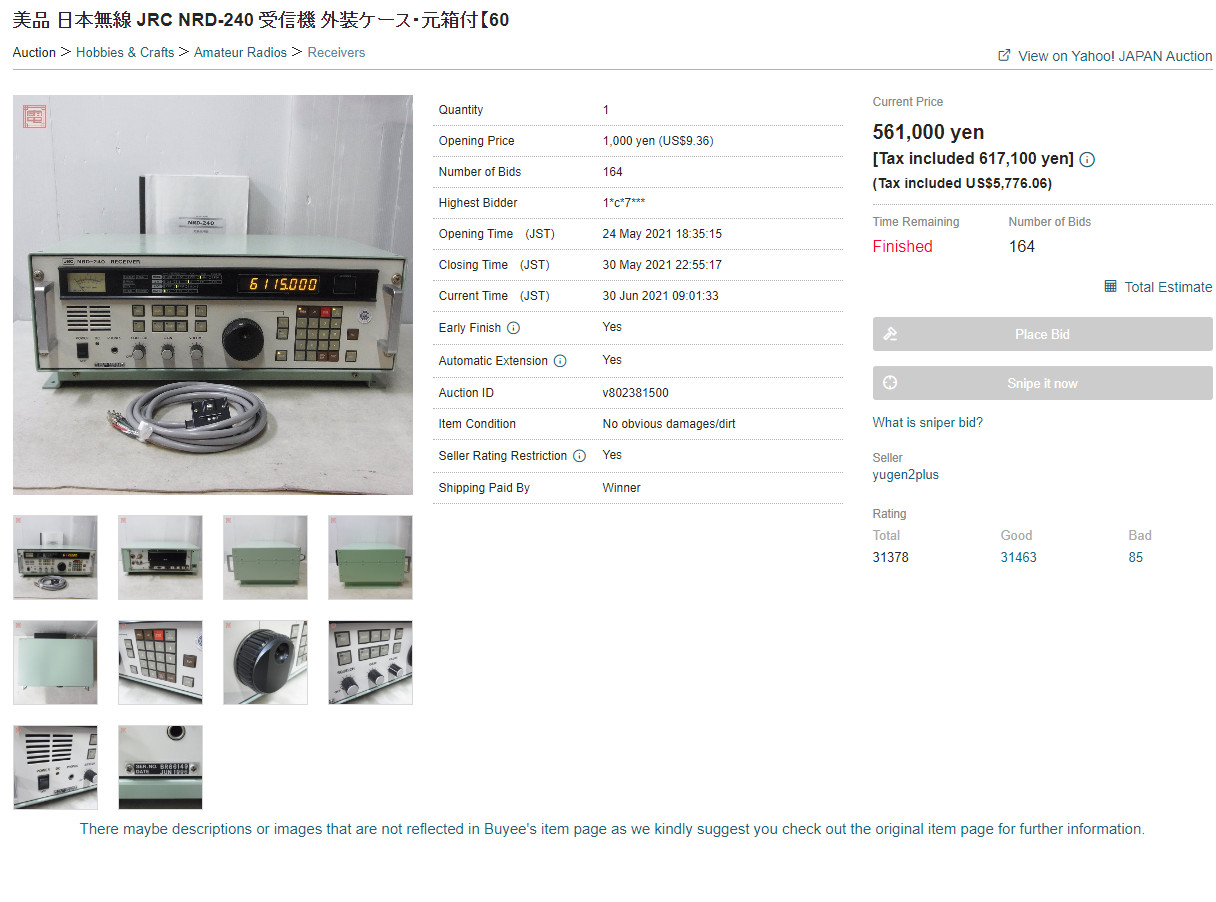
Japan Buyee Site Halts Shipment of Amateur Equipment
by Dan Robinson
As readers of SWLing.com know, the Buyee website has provided a way for those who view it to see and purchase a range of equipment including premium receivers and items previously unseen on the global used market.
I discovered Buyee a few years ago and have used it to acquire some truly exotic communications receivers, along with rarely-seen shortwave antennas, spare parts for some of the most sought after JRC and other receivers, and other things.
Using the Buyee site required nothing more than establishing an account linked to a funding source. The site has a translation function that translates Japanese descriptions to English and other languages.
So, I was puzzled a few weeks ago when I noticed that many if not all items under my one of my primary search parameters (RECEIVERS, under AMATEUR RADIOS) began showing the following notice: “You cannot bid on because it contains a prohibited item.”
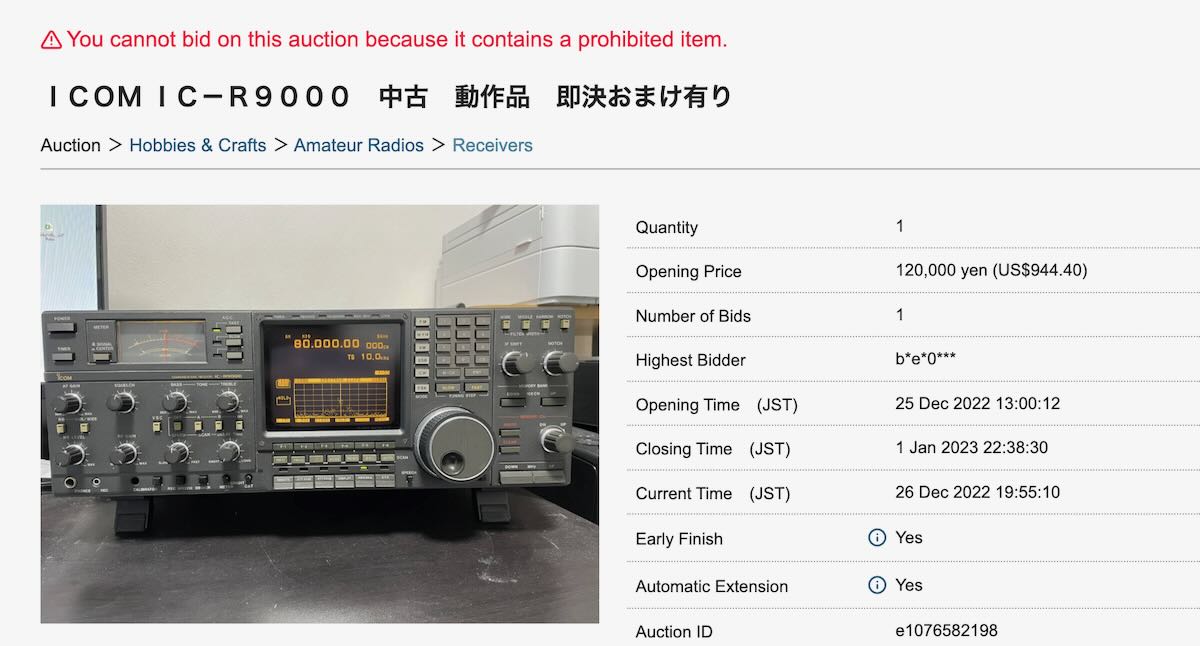
An example from the Receiver sub-category of Amateur Radio
This notice appears now on every single item on this search, ranging from classic older receivers such as a Yaesu FRG-7700, to an ICOM IC-R8600 or rare old JRC or Anritsu receivers. A JRC NRD-515 receiver listed as of the time of this writing is also on the banned list.
I sent a note into the Buyee system inquiring why this sudden block on bidding was imposed. The response I got was polite, asking me to “provide us with the item link and screenshot of the error you have encountered so that we can check and assist you accordingly and avoid misinformation and mistakes.”
Buyee responded to another followup, after I provided them with a screenshot of the banning statement, as follows:
“We understand the importance of this matter to you. In response to your concern about not being able to bid on the item . . .we apologize because amateur radios and other related items are prohibited from being shipped internationally. Please refer to the below link(s) https://www.meti.go.jp/policy/anpo/englishpage.html and https://buyee.jp/help/yahoo/guide/prohibited. Thank you for your understanding.”
When I inquired yet another time, Buyee responded: “Regarding your concern, please be informed that we cannot ship transceiver-related items internationally anymore in the future in accordance with Japanese laws and regulations for exporting this kind of item. You are able to provide the link below to the user and ask them to confirm more details” and provided the same URL.
Following the first URL takes one to a Japan Export Control web page which states:
“The Security Export Control in Japan is implemented for the purpose of enabling proper development of foreign trade, and maintaining peace and safety in Japan as well as in the international community by exercising the minimum necessary control based on the FEFTA (Foreign Exchange and Foreign Trade Act) under international export control regimes.”
And a pdf on that page takes one to a document containing a long list of prohibited end users with a fairly recent review date listed of November 2022. The list contains no fewer than 670 prohibited end users, located in Afghanistan, the UAE, the Republic of Yemen, Israel, Iran, India, Egypt, North Korea, Syria, China, Pakistan, Hong Kong, Lebanon, and the Russian Federation.
Wow. Why a blanket ban would be placed on export of amateur radio equipment from Japan and/or Japan sellers is puzzling. Items I have purchased included TEN-TEC receivers, a Drake SPR-4, two Anritsu receivers, several rare Japan Radio Company items, and some spare parts for Harris RF-590 receivers, along with other items.
Based on my reading of descriptions, items were sold by Japanese amateur operators, or longtime shortwave enthusiasts in Japan, or by shops specializing in used equipment in various locations in Japan.
Caught up in this blanket ban are such things as VHF/UHF Talkies, Tecsun receivers, an XHDATA D-808, R-390/A receivers, a Collins 75-A4, and a AOR 3030 and various SONY shortwave antennas such as AN-1 and other models, along with Kenwood RZ-1s and a Yaesu FRG-965.
This is indeed a strange development, and I have sent an additional inquiry to the Buyee site, the outcome of which I will update readers on. If this truly marks the end of the ability of overseas buyers to access the Japan used market, it will be a sad day.
Update–The following is the latest message received by Buyee Customer Service:
Dear Customer,
This is the Buyee Customer Support.
Please kindly understand that there is a part of items which have been restricted by Japanese laws and regulations (export trade management ordinances) (originally cannot be exported without the permission of the Ministry of Economy, Trade and Industry), are unable to export out from Japan.
We are afraid amateur radio-related items are restricted by export and trade management, and if shipping these items out to Japan may cause our service been restricted and ban by the law, we are afraid we are unable to take such risk thus we have stop our proxy purchase service for these items.
(*What are the items that are restricted by export and trade management?
Weapons related, items and technologies which may possible use for military purpose, which may threaten the safety of Japan and other countries, these kinds of item will be restricted by the law.)
Please kindly confirm the following link from Japan – Ministry of Economy, Trade and Industry website regarding the restricted item for more information:
https://www.niigata-u.ac.jp/wp-content/uploads/2021/02/beppyouyouyakuban02.pdf
We apologize for the inconvenience caused and appreciate your understanding.
Please do not hesitate to contact us if you have any other questions or concerns.
Sincerely,
Coco
Buyee Customer Support

